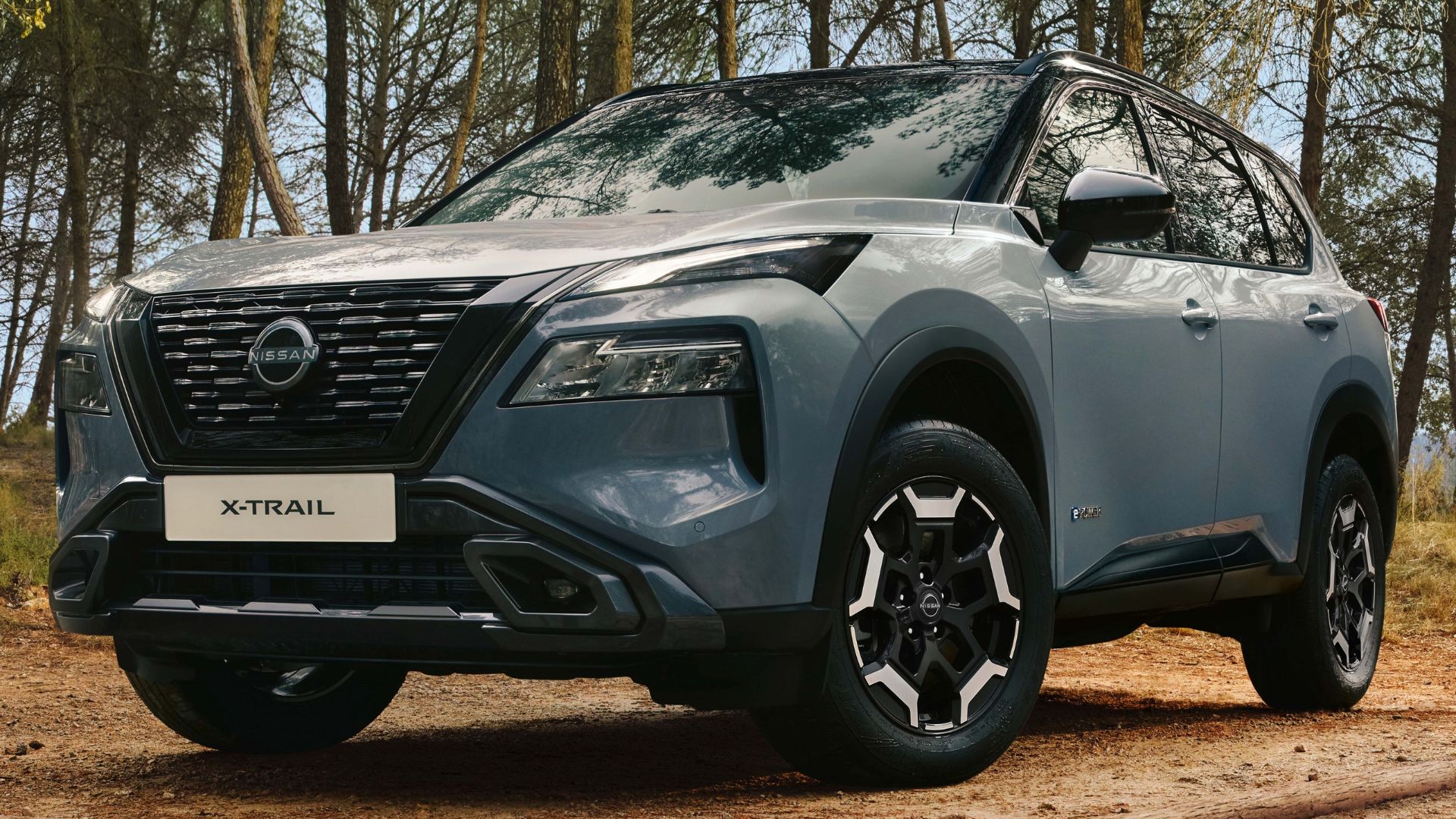The automotive industry is rapidly evolving, with a growing emphasis on fuel efficiency and eco-friendly options. Below, we provide valuable insights into the most fuel efficient SUVs in Kenya, offering an in-depth analysis of their performance, features, and fuel economy ratings.
We’ve meticulously examined each vehicle, highlighting its strengths and weaknesses to help consumers decide when choosing the most suitable SUV for their needs. From automakers like Subaru, Honda, Hyundai, Toyota, and Mazda, this comprehensive list presents a diverse range of compact SUVs, showcasing the latest advancements in automotive technology and sustainable transportation.
10. Subaru Forester Hybrid – 14 km/L
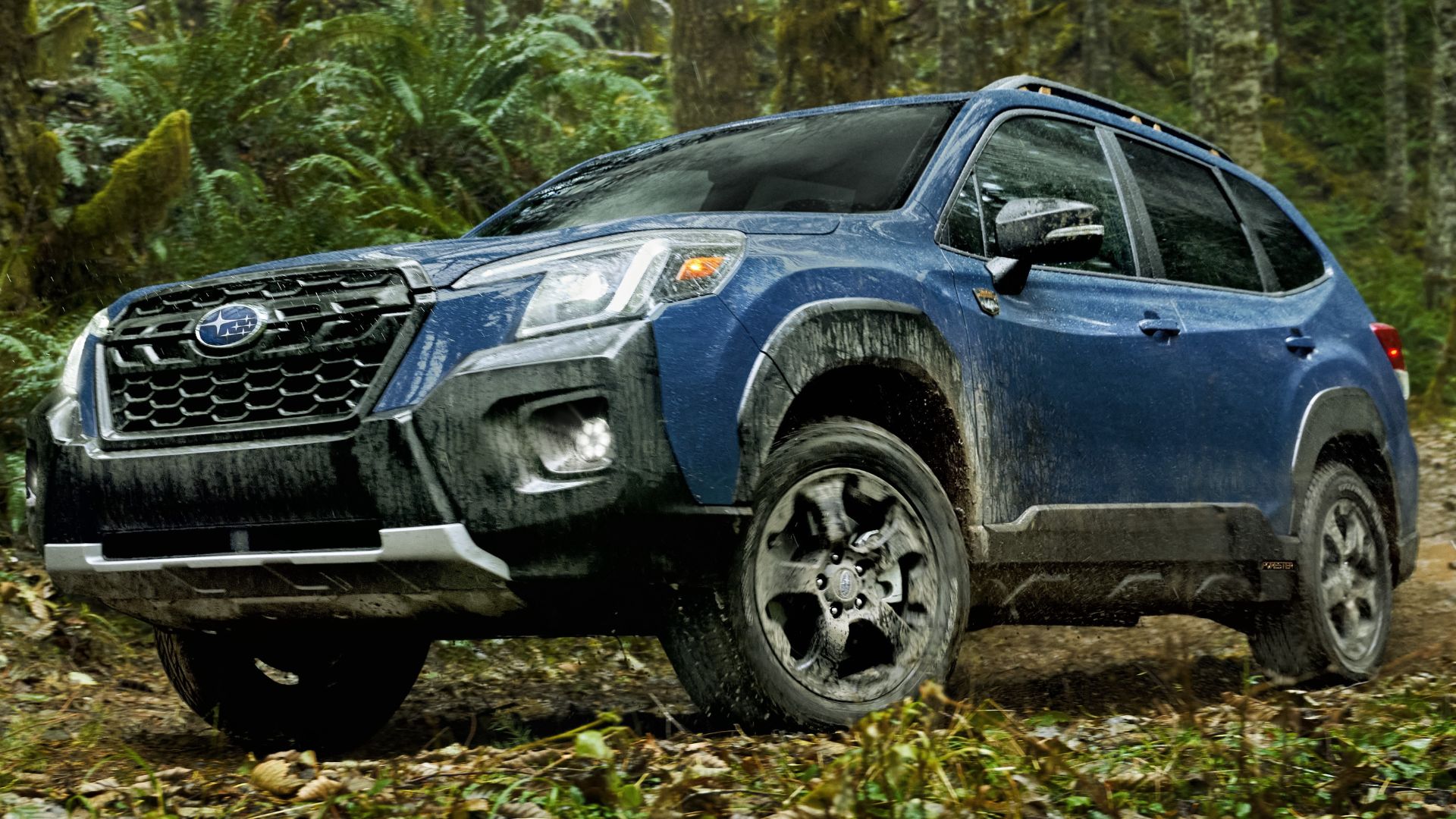
Introduced in 1997, the Subaru Forester was the brand’s answer to the crossover market. Over the years, it has grown to become a compact SUV, giving buyers the brand’s famous symmetrical all-wheel drive system. Around for six generations, the Forester has had multiple achievements, with one of the most recent being having a hybrid option in the lineup.
For decades, the Forester has been available with a selection of naturally aspirated and turbocharged boxer engines. However, in 2020, Subaru introduced an e-Boxer Forester with a hybridized 2.0-litre engine paired with an electric motor, promising a better fuel economy rating of 14 km/L. Unfortunately, that’s not impressive compared to the 12 km/L of the petrol powertrains.
9. Mazda CX-5 – 15 km/L

For decades, Mazda has been offering vehicles with cutting-edge technology, performance and style. The CX-5 has been in the brand’s lineup since 2012, providing buyers with a premium compact SUV with enough space for five passengers. Since its introduction, it has had two generations, the latest being introduced in 2017.
Still common on Kenyan roads, the second-generation CX-5 boasts new technologies and an overhauled design. Upon launch, this model received three prominent powertrains: a 2.0-litre (petrol), 2.5-litre (petrol), and 2.2-litre Skyactiv diesel. Newer models get a mightier 2.5-litre Skyactiv turbocharged engine, boasting an impressive 250 hp.
As for its economy, the diesel promises a 12.3 km/L rating. However, the base Skyactive petrol engine boasts a better fuel economy rating of 15 km/L.
8. Hyundai Tucson – 15.4 km/L
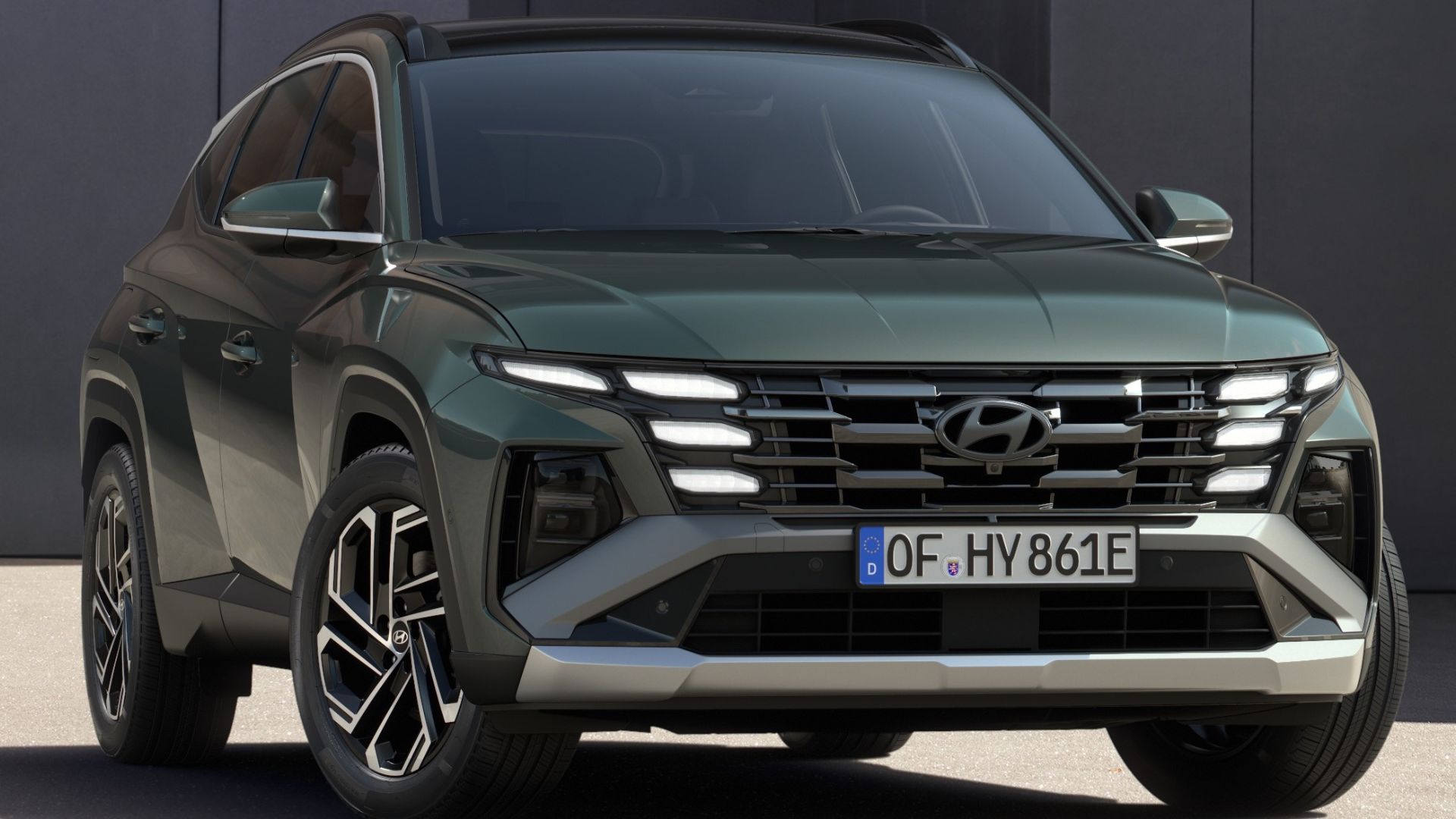
The Tucson is a chic-looking compact SUV that rivals models like the Mazda CX-5 and Toyota Harrier. Hyundai introduced the Tucson in 2004, and since then, there have been four generations. In its two-decade history, the Tucson has offered a premium cabin and a selection of powertrains.
The modern Tucson boasts a selection of four engines, two of which are available in the Kenyan market. These include the Smartstream 2.0-litre petrol engine (with 154 hp and 192 Nm of torque) and a 2.0-litre diesel engine (with 184 hp and 417 Nm of torque).
The result is better performance than some of its rivals but a lower fuel economy rating of 11 km/L for the gasoline and 15.4 km/L for the diesel. However, Hyundai offers more powerful Tucson hybrid and plug-in hybrid models in some markets with better fuel economy ratings of up to 34 km/L.
7. Toyota RAV4 Hybrid – 21 km/L
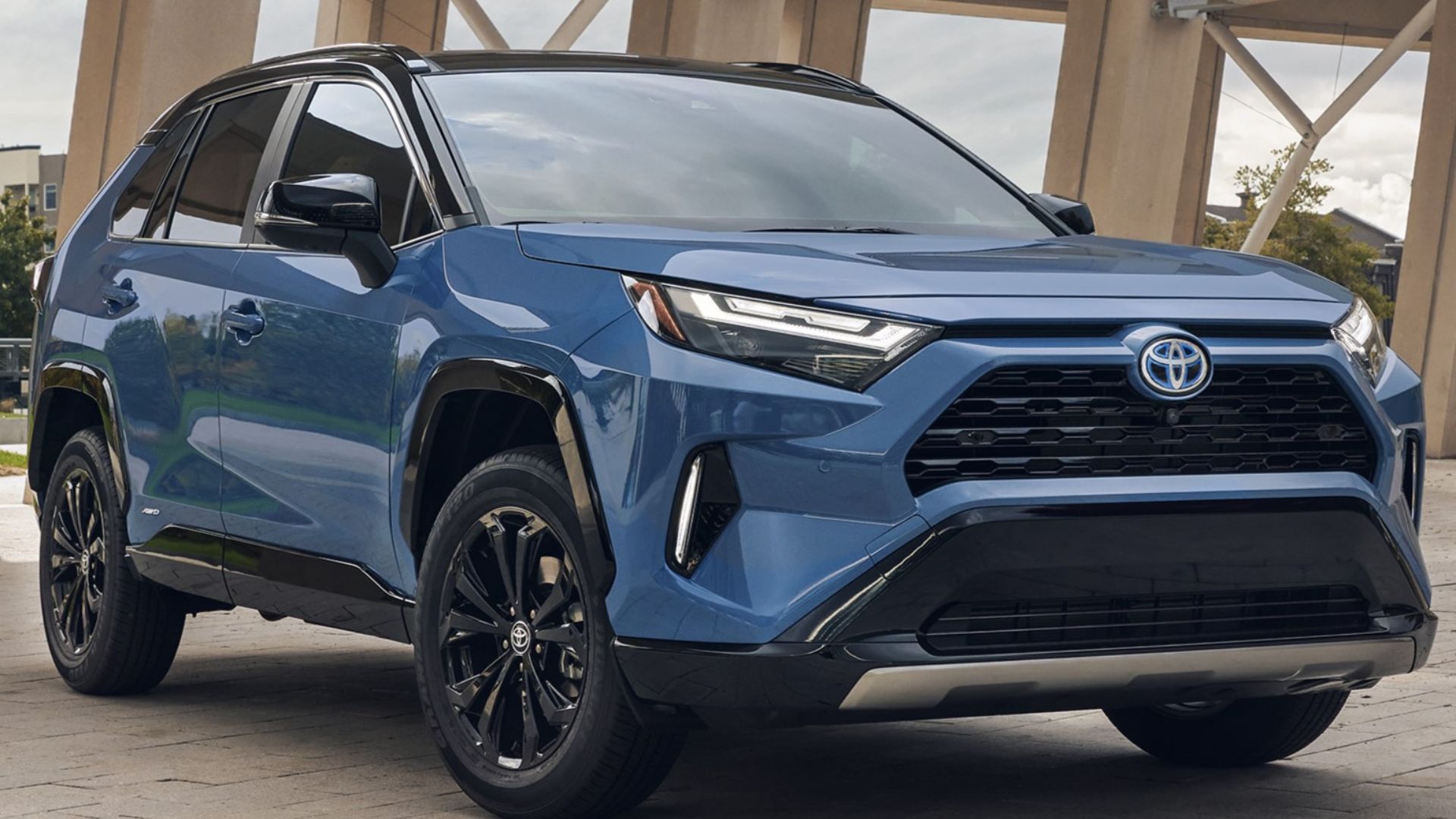
Toyota has been dominating the hybrid market since the introduction of the Prius in 1997. In the SUV segment, hybrids haven’t been a common occurrence. Fortunately, with the world changing towards electrification, Toyota, among other automakers, was bound to introduce a healthier selection of hybrids. The RAV4 is among the brand’s longest-running SUVs since its introduction in 1994.
With three decades under its belt, the RAV4 has offered five generations, the last being introduced in 2018. The hybrid version was introduced in 2016 and remains a strong candidate in the brand’s lineup. It boasts a 2.5-litre hybridized four-cylinder engine with an estimated fuel economy rating of 21 km/L.
6. Toyota Harrier Hybrid – 21.6 km/L
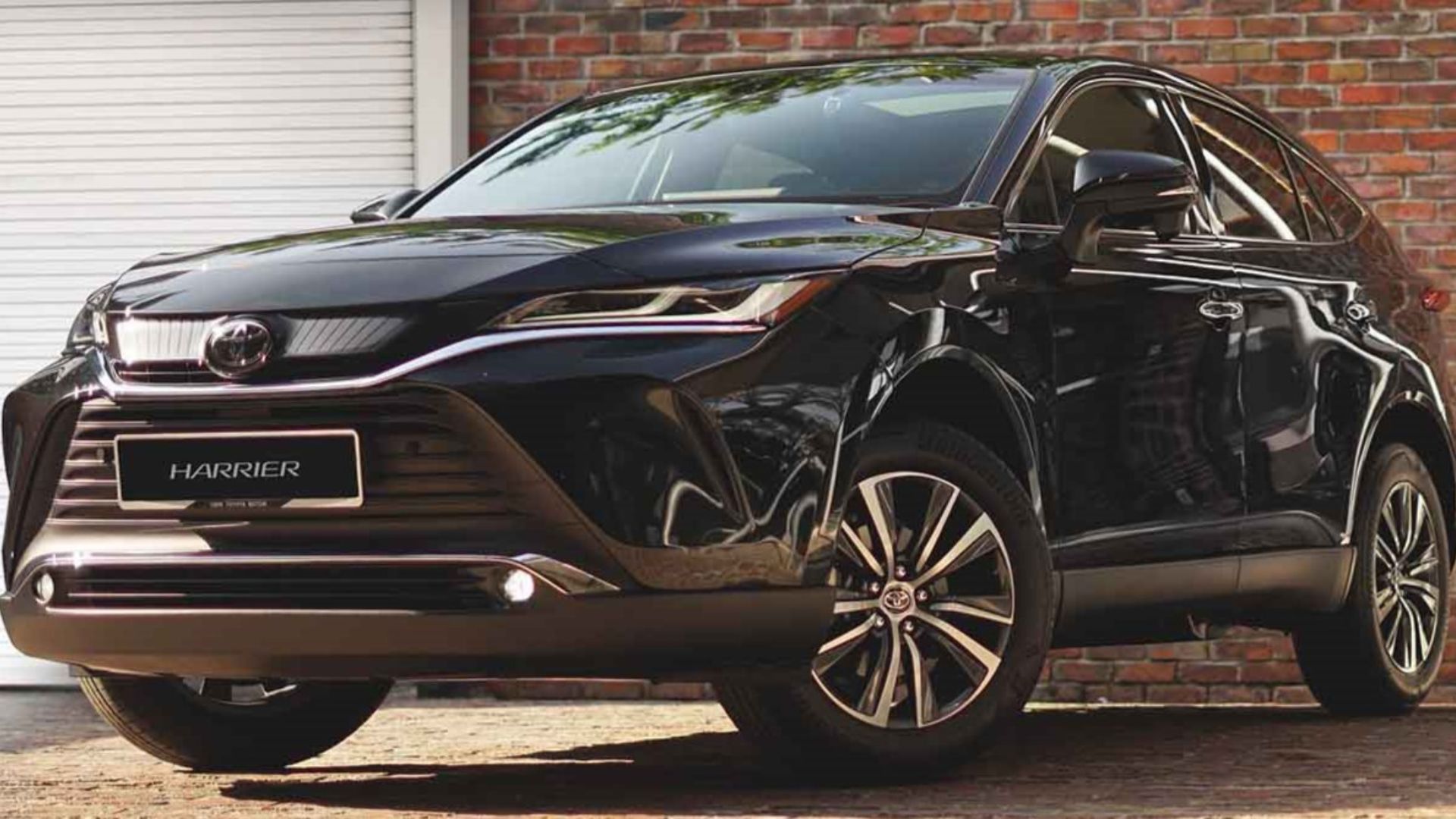
Debuting in 1997, the Toyota Harrier has grown to become one of the brand’s bestsellers. Currently in its fourth generation, the Harrier boasts a fluent coupe form that better showcases its elegance, robustness, and simplicity. In addition, Toyota outfits the Harrier with a high-quality interior, boasting features like an electro-chromatic panoramic roof, leather surfaces, and a 12.3-inch infotainment touchscreen.
Two engines—a 2.0-litre and a 2.5-litre hybrid—power the Harrier lineup. The base petrol engine boasts 169 hp and 207 Nm of torque, sent to the wheels through a continuously variable automatic (CVT). This results in a fuel economy rating of 15.4 km/L in the 2WD versions and 14.7 km/L in the 4WD models.
The hybrid powertrain boasts the best of both worlds, offering more power at 176 hp and boasting better fuel economy of 21.6 km/L. In addition to its powertrains, the Harrier uses the TNGA (GA-K) platform, helping increase body rigidity for better driving dynamics.
5. Nissan X-Trail – 25 km/L
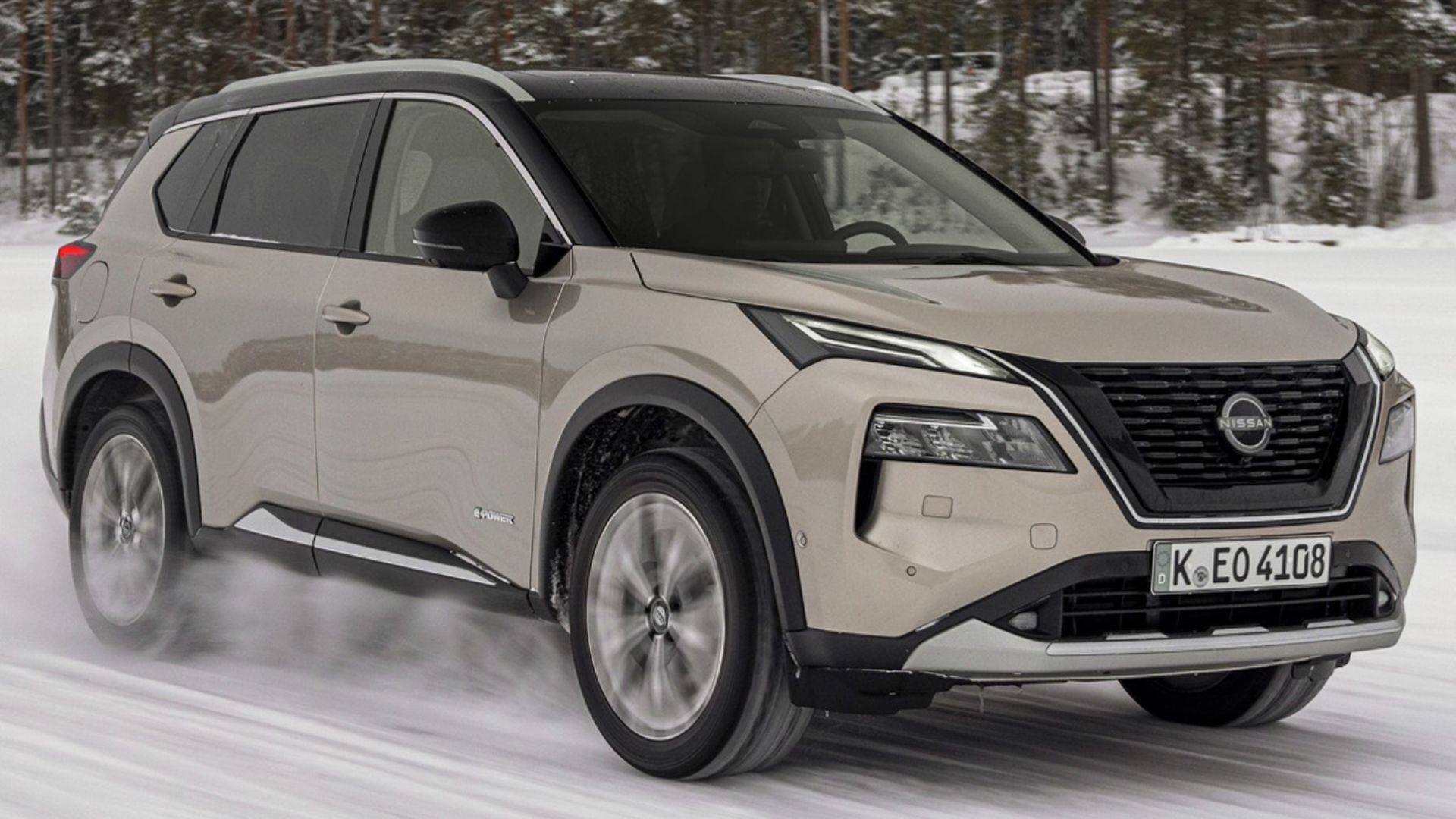
Nissan’s X-Trail is a compact SUV that was introduced in 2000. Today, it sits between the smaller Qashqai/Dualis subcompact crossover and the larger Pathfinder. Currently in its fourth generation, the X-Trail builds on its two-decade legacy with a modern design and more performance than rivals like the Toyota Harrier.
While the base powertrain isn’t as efficient as the Harrier, the X-Trail boasts a larger 2.5-litre engine with 181 hp and 244 NM of torque. This propels it to a top speed of 195 km/h while achieving a combined fuel economy rating of 13.5 km/L with its 55-litre tank.
For better economy, Nissan offers an X-Trail with an e-POWER drivetrain. This consists of a 1.5-litre turbocharged engine and an electric motor placed on the front axle to produce a combined 201 hp. The system helps boost performance and gives the X-Trail a linear tune, rewarding the driver with an instantaneous response, like an EV. It’s also quieter and helps make the X-Trail one of the most fuel-efficient SUVs in Kenya, with a rating of 25 km/l.
4. Honda CR-V Hybrid – 25.5 km/L
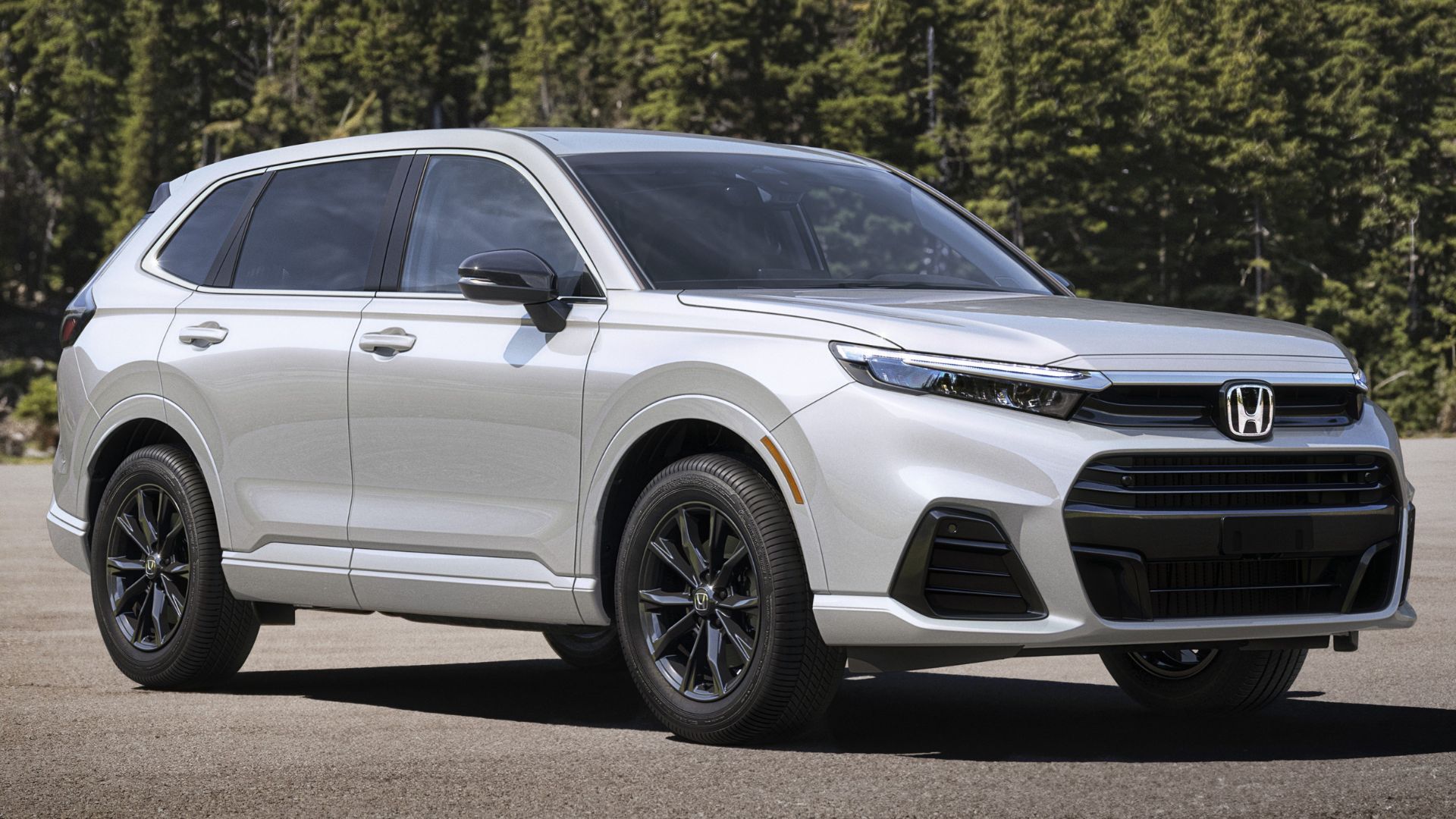
The CR-V is a compact family SUV that rivals models like the Outlander, RAV4, Harrier, and X-Trail. Introduced in 1997, it has a storied two-decade history. Over the years, the CR-V has had six generations, with the fourth and fifth generations being the more common on Kenyan roads. These models featured a selection of powertrains, ranging from petrol, diesel, and hybrid models.
The sixth generation Honda CR-V combines the good attributes of its predecessors, providing buyers with a revised design, modern interior, and more efficient powertrains. This lineup boasts a selection of efficient hybrid powertrains, the standard model pairing a 2.0-litre engine and an electric motor to produce 184 hp. This translates to a fuel economy rating of 18 km/L. Despite being pricier, the plug-in hybrid has an attainable range of 25.5 km/L. However, Honda claims this model can easily reach 150 km/L. But to achieve this, you’ll need to run it exclusively on electric power.
3. Toyota C-HR – 26 km/L
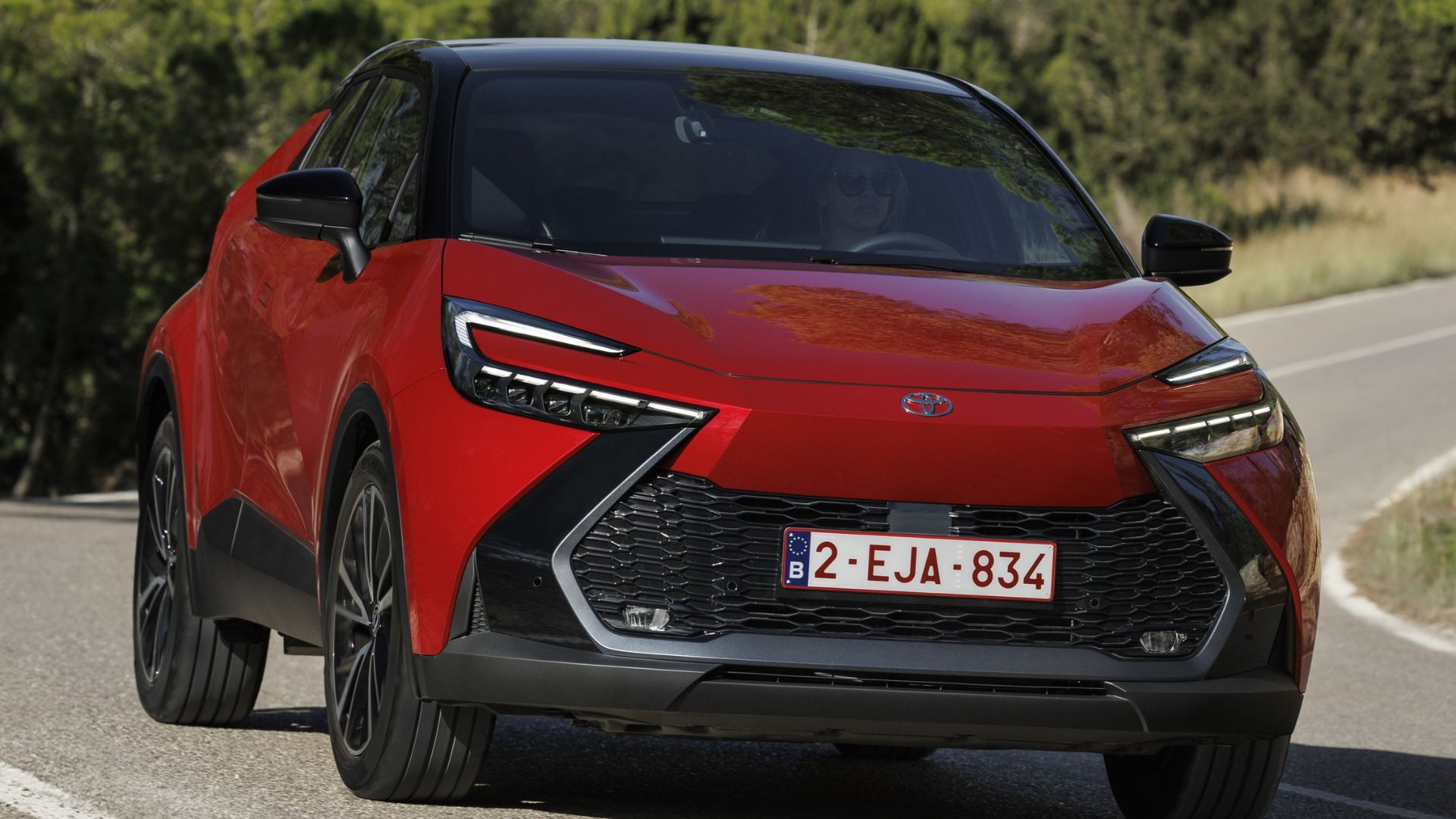
Introduced in 2016, the Toyota C-HR is a subcompact crossover sharing its TNGA platform with the fourth-generation Prius. This helps with driving performance, providing drivers with linearity, response, and consistency. Earlier C-HR models featured two powertrains: a hybrid with 30 km/L fuel economy and a turbocharged 1.2-litre engine with a 15 km/L fuel economy rating.
Modern C-HR models have upgraded hybrid powertrains: a 1.8-litre unit with 140 hp and a 2.0-litre with 197 hp. Thanks to their hybrid technologies, these powertrains promise 26 km/L and 25 km/L, respectively. Translated in kilometres, a 160 km journey from Nairobi to Nakuru would only require 6.4 litres. At the time of writing (189.84 KSHs/L), it would cost around KSH 1,215 in the 2.0-liter hybrid model.
Toyota also offers a plug-in hybrid C-HR with 223 hp for even more efficiency. Despite being the most powerful, it’s also Toyota’s most fuel-efficient SUV in Kenya, with Toyota claiming an impressive 150 km/L rating. However, this is only achievable when run solely on battery power, whose electricity-only range is 66 kilometres.
2. Honda Vezel Hybrid – 26 km/L
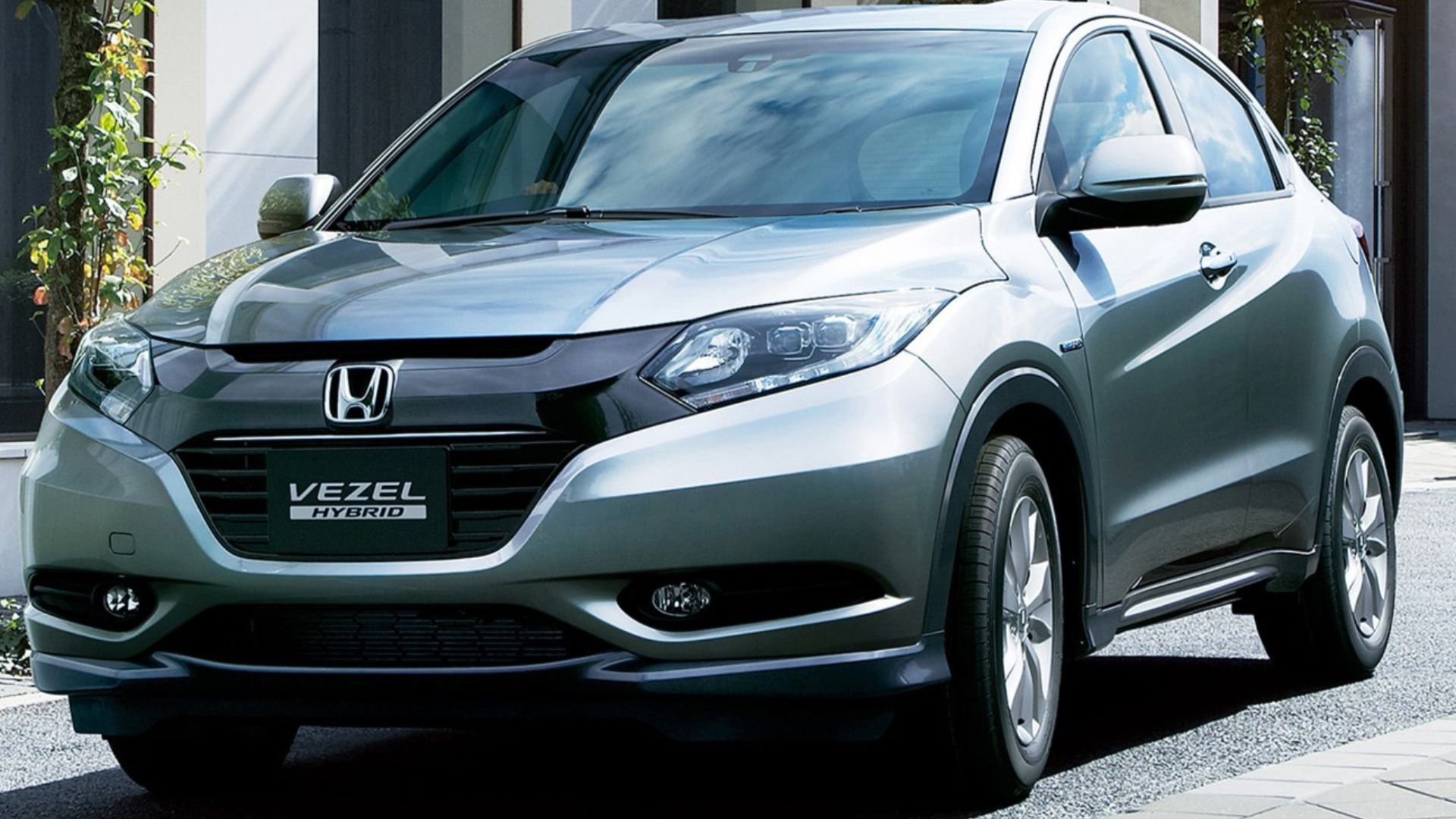
Honda introduced the Vezel in 2013, coining its name from the English word ‘bezel’ but with a ‘V’ for ‘vehicle.’ Upon launch, the Vezel provided buyers with a subcompact crossover with the qualities of an SUV, the functionality of a van, the elegance of a coupe, and impressive fuel economy.
At the time, the Vezel had a stylish exterior, a feature-packed interior, and a potent powertrain. Under its bonnet sat a hybrid powertrain consisting of a 1.5-litre engine and a high-output motor to produce comparable power with a 2.0-litre engine. Besides its performance, the hybrid managed an impressive fuel economy rating of 27 km/l, the highest fuel economy in its class at the time.
The modern Honda Vezel boasts a redesigned exterior and interior and a revised powertrain. This second-generation model has two powertrains: a 115-hp 1.5-litre i-VTEC engine and a 129-hp hybrid with the 1.5-litre engine and two motors for lower fuel economy ratings. The hybrid boasts an impressive fuel economy rating of 26 km/L.
1. Mitsubishi Outlander – 33 km/L
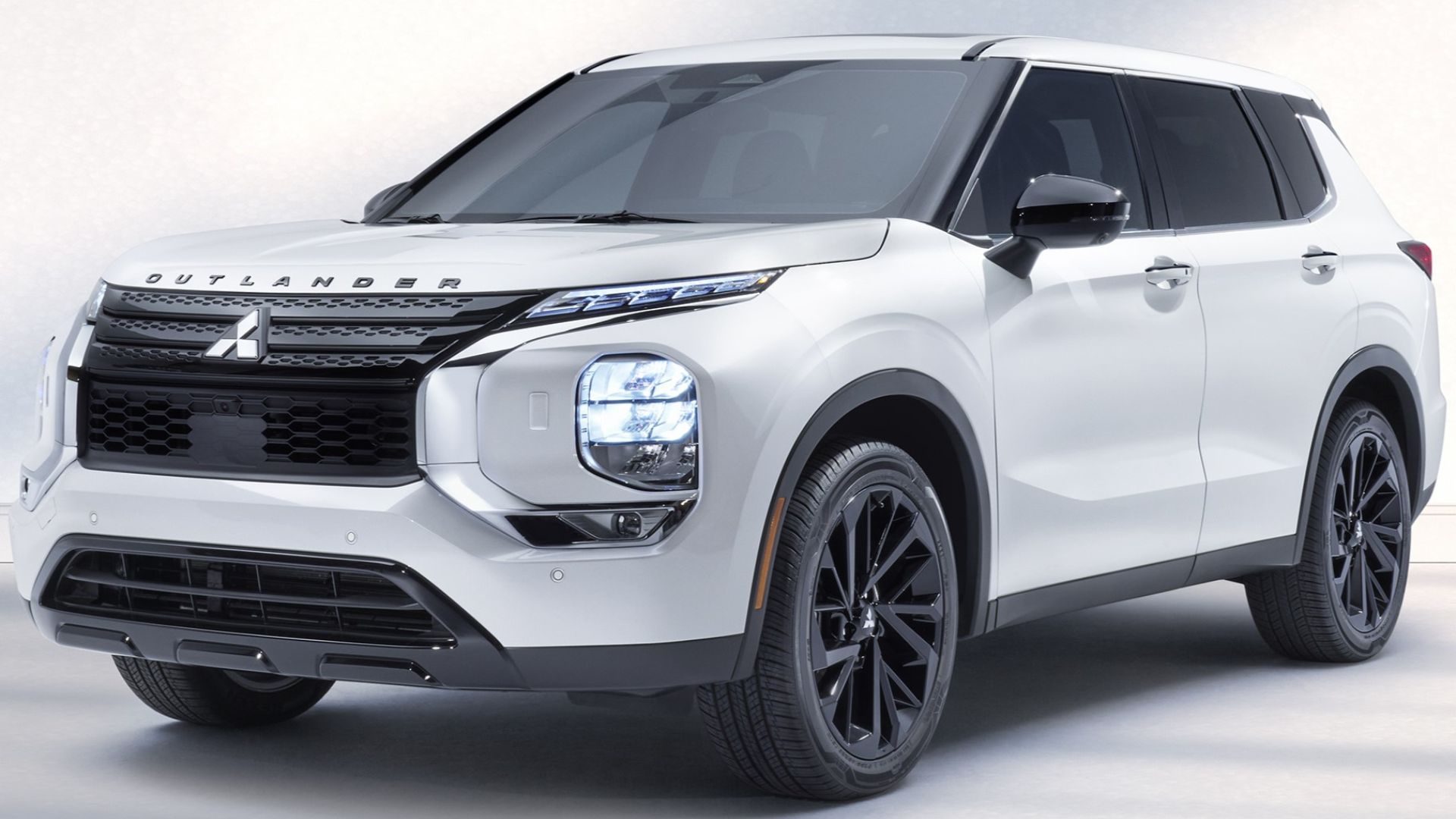
The Outlander has been in Mitsubishi’s lineup since 2001. It has been around for four generations, with the latest models being introduced in 2021. The most efficient model in the lineup is the PHEV, introduced with the third-generation Outlander in 2012. This model paired a 2.0-litre engine with two electric motors to produce 197 hp.
Today, the Outlander PHEV is a strong candidate in Mitsubishi’s lineup. It boasts more power (252 hp and 450 Nm of torque), resulting in a 171 km/h top speed thanks to a competent AWD setup. In addition to its performance, the modern Outlander PHEV can achieve an impressive 33 km/L, according to some users. Its 350 V lithium-ion battery gives it an all-electric range of 61 kilometres, while the entire system enables it to travel a total range of 737 kilometres.
Let MotorQuips help you find your perfect car. Contact us today.

